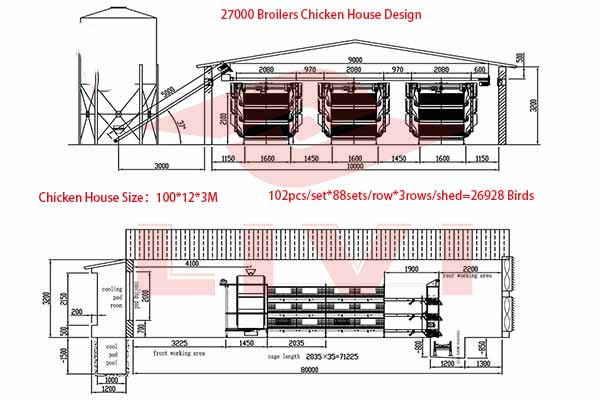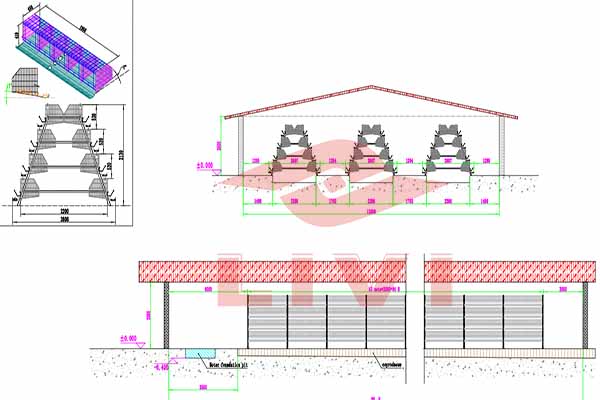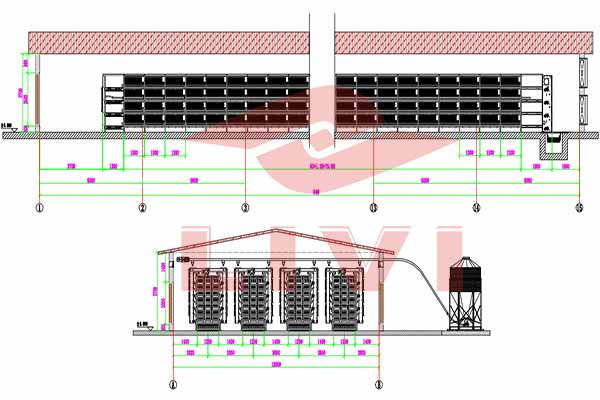Poultry Farming Cage Solution for 300,000 Chickens in Kenya: A Comprehensive Guide
Introduction to Poultry Farming in Kenya
Kenya’s poultry industry has been growing rapidly, with an increasing demand for eggs and chicken meat. As the industry expands, so does the need for efficient and scalable farming solutions. One such solution is the installation of a 300,000-chicken capacity cage system.
In this article, we’ll explore the advantages of implementing a cage solution for a large-scale poultry farm in Kenya, focusing on key aspects such as health, productivity, and environmental impact.

Benefits of a 300,000 Chicken Capacity Cage Solution
- Health Management: Cages provide a controlled environment that minimizes the risk of diseases spreading among birds.
- Space Efficiency: With a high-density design, the cage solution optimizes space, allowing for increased bird capacity without compromising on welfare.
- Increased Productivity: Cages facilitate easy monitoring and management, leading to better growth rates and feed conversion ratios.
- Reduced Environmental Impact: Efficient cage systems help reduce the carbon footprint of poultry farming by minimizing waste and resource consumption.
According to a study by the Kenya Poultry F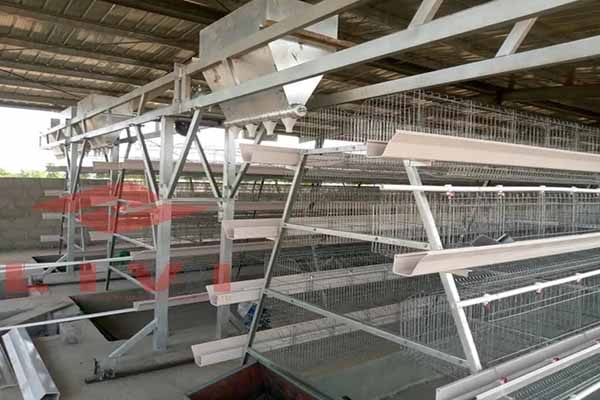 armers Association, farms equipped with modern cage systems have seen an average increase of 10% in productivity over traditional farming methods.
armers Association, farms equipped with modern cage systems have seen an average increase of 10% in productivity over traditional farming methods.
Key Components of a 300,000 Chicken Capacity Cage Solution
When considering a cage solution for a 300,000-chicken farm, several components should be taken into account:
- Material: High-quality, durable steel or galvanized steel for long-term use.
- Design: A well-ventilated, spacious design that promotes comfortable living conditions for the chickens.
- Easy Cleaning: Components that are easy to clean and maintain, reducing the risk of disease transmission.
- Supporting Infrastructure: Adequate flooring, water systems, and feeders to ensure the overall well-being of the birds.
Additionally, incorporating advanced monitoring systems such as temperature and humidity sensors can further enhance the effectiveness of the cage solution.
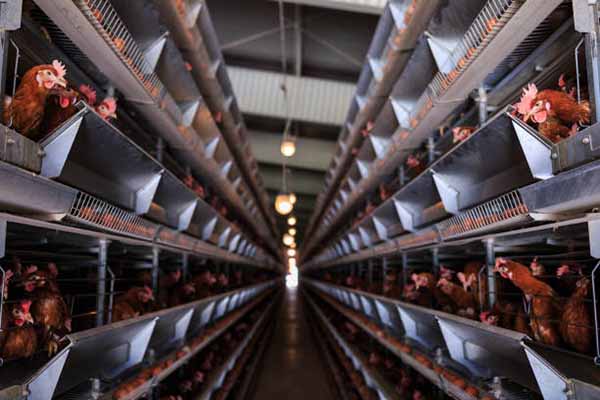
Cost and ROI Considerations
The initial investment in a 300,000-chicken capacity cage solution can vary depending on the chosen materials and design. However, the long-term cost savings and increased revenue from improved productivity can make the investment worthwhile.
According to industry experts, a well-designed cage system can have a payback period of as little as two years.
Conclusion
A 300,000-chicken capacity cage solution can be a game-changer for poultry farmers in Kenya, offering numerous benefits that contribute to both the health of the birds and the sustainability of the farm. As the poultry industry continues to grow, investing in a high-quality cage system can provide a competitive edge and ensure long-term success.
For more information on custom cage solutions and equipment pricing, please feel free to leave a comment below or contact us directly. Our team at Livi Mechanical is dedicated to helping you achieve your farming goals.


